Video of UOB 2012 Fashion Show
University of Bedfordshire 2012 Fashion Show from ATP Media on Vimeo.
I contributed and helped produce the video for the University of Bedfordshire 2012 fashion show video.
Creative, business builder & social entrepreneur
University of Bedfordshire 2012 Fashion Show from ATP Media on Vimeo.
I contributed and helped produce the video for the University of Bedfordshire 2012 fashion show video.
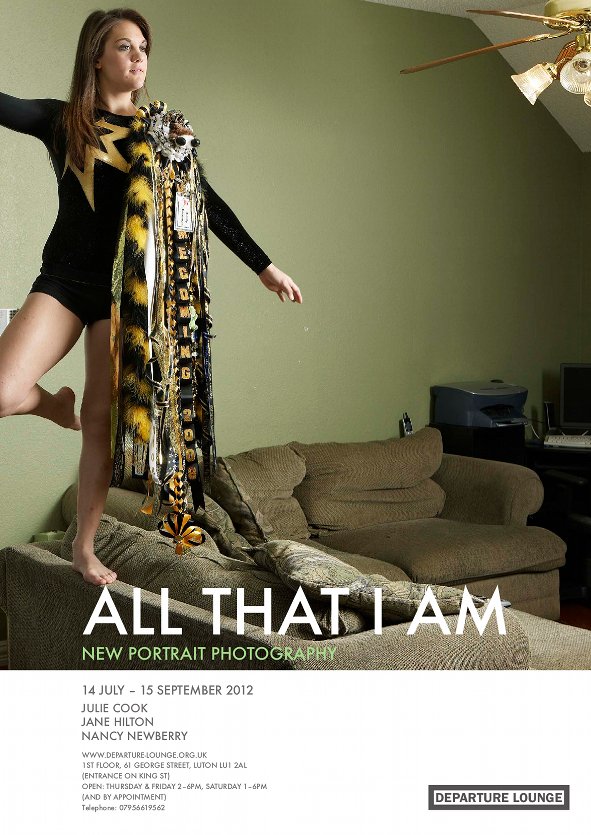
I went to the launch of the new space for the Departure Lounge project, an exhibition called: "All that I am" a group show of portrait photographers; Julie Cook, Jane Hilton and Nancy Newberry. The images were stunning, a real insight into their respective subjects. The varied scale and presentation of the work made for an interesting show and was well attended, it is good news for Luton.
So far the project has exceeded my expectations. I hoped that my intervention in Iraq would get out a message of peace, art and hope. Due to all the media attention in Iraq and subsequent coverage in the UK, that message appears to be getting out there.
As I look back over how my journey on the MA has developed I cannot forget one of the first and main reasons I got connected to Iraq as a subject matter in the first place. Let me quickly introduce you to The Preemptive Love Coalition(PLC): this group of humanity loving pioneers are the main reason I got to come to this part of the world. I heard their story: of how they were looking to help thousands of Iraqi children find ways of having life saving heart surgery while at the same time helping to to promote tolerance and understanding as well as find ways to resolve conflict. They inspired me to come and tell part of their story and discover untold stories that the world has forgotten or never heard. When I first came in 2009 I found amazing stories to tell...... and I became deeply connected to these incredible people. The people at PLC are fearless in their quest to pioneer the best ways to save lives and promote peace - they bring help bring healing and peacemaking to the often broken word in which we live. Go and be inspired and challenged at :
In understanding my practice as someone who uses photography and video, I have had to ask questions such as where does documentary end and art begin? This question seemed easy to answer several years ago, but now I find myself dipping into these two distinct areas in different ways. Artists such as Luc Delahaye blur the distinctions further (it is worth noting his work is one of my personal favourites). “Delahaye's big pictures ask more questions than they answer about the increasingly blurred line between reportage and art, the importance of scale, and the tangible sense of detachment that characterises a certain strand of contemporary photography.” Sean O'Hagan guardian.co.uk, Tuesday 9 August 2011 09.00 BST
The Deutch Borse prize winner is a photojournalist and artist. His large format works blur the lines between reportage and fine art. I find both how he has been accepted in the art world and the scale of his work interesting. Delahaye has long crossed the line between photojournalist and artist. The scale at which his prints are reproduced and the high quality result that he obtains from the medium/large format photography gives the viewer a reaction which is more profound then the usual journalistic image. His work makes me start to question the nature and genre of my own work.
As the result of a bitter and violent war between rival Kurdish factions (the PDK and PUK) a well-known Kurdish artist (he is often referred as the Grandfather of Kurdish art by colleagues!) and a former minister of Arts and Culture Ismail Khayat decided that something needed to be done to help bring the sides closer. He had slowly been gaining support for his work which directly addresses the need for peace in the region. This quest found expression when he painted the side of a mountain in the place where a lot of the killing took place. Using his very distinctive, figurative and colourful style he painted rocks, trees, bullets and other objects found on the site with bright colours and symbols. He also painted peace slogans and symbols such as “peace for Kurdistan” and “this place is not for fighting but for picnics” on the side of this mountain.
“…….I wonder if we would have ever have seen an end to this bloodshed,….”
He then invited leaders and members of the two warring parties to the site and had them bury stones marked with ‘anger’, ‘hate’, ‘pain’ ‘death’ etc. as well as bullets and shells he had collected during the painting of the mountain as a symbol of them wanting to bury their differences. Although the two parties had already begun a dialogue this event is seen as a major turning point in resolving the issues between them. One artist put it like this “…..without Khayat’s help I wonder if we would have ever have seen an end to this bloodshed, this event is very important in Kurdish history”. As we talked to numbers of people from different walks of life we have found he is not alone in his opinion.
…….that in his late sixties he is still as passionate as ever about bringing peace,
The amazing thing is that in his late sixties he is still as passionate (and energetic!) as ever about bringing peace, not just this region, but anywhere where there is division and conflict. Which is why we have been privileged to be involved in the painting of the mountain again. He, like us, is convinced that art and creativity have a powerful place to play in the world we live. When we first met him 2009 we asked him whether art can change policy or public opinion, his answer had a tone of incredulity as he replied “of course art can change things……artists have the responsibility to try and make the world a better place”. The mountain faces a busy back route between Sulaymaniyah and Erbil and judging from the positive responses we had as traffic went by…..he is still managing to make a difference.
The majority of the final major project lies in a more performative space. The act of going to Iraq and putting on an exhibition is more important to me then the actual content of what I exhibited or the shots of the installation. The act of painting messages of peace on the side of an Iraqi mountain is more important then the brush strokes themselves or the images and video which show the event. I don’t consider myself a performance artist, however, I do take inspiration from artists, like Jimmy Robert, who also work across mediums, using photography, film, collage, video and performance. He is big on layering and the re-appropriation of other artist’s works, which in itself becomes another layering technique. His work can be read on many levels and as the artforum writes: “mercurial practice resists speedy parsing”. Editor, ArtFourm 2012. As my practice develops I find myself developing the concept first and deciding on the medium second.
Jeremy Deller put the project together to encourage conversation about our world. The porject is a corner stone of the context for which I create my work and Deller's approach is one of the most inspiring and relevant to my practice.
http://www.guardian.co.uk/artanddesign/2009/apr/14/jeremy-deller-iraq-war-us
The invasion of Iraq, and the continuing occupation, is that kind of war, too. It has released something in art: a rage, a sense of purpose, or perhaps just an extreme nihilism. Two years ago, in a London gallery, I could have sworn I had travelled back to the dada protests that rocked Berlin in 1919. Cardboard figures of US soldiers paraded through a scene spliced together from images of Iraq's war dead. These grotesque, but real, fragments had been found on websites and collaged into a furious installation by Swiss artist Thomas Hirschhorn. The pulverised bodies, photographed by soldiers for reasons that are hard to fathom, were barely recognisable as human.
Jonathan Jones, The Guardian, Tues 14th April 2009.
For videos I have watched about Deller's ambitious project follow this link:
Here are some images from the local street parties for the Queen's Diamond Jubilee celebrations.
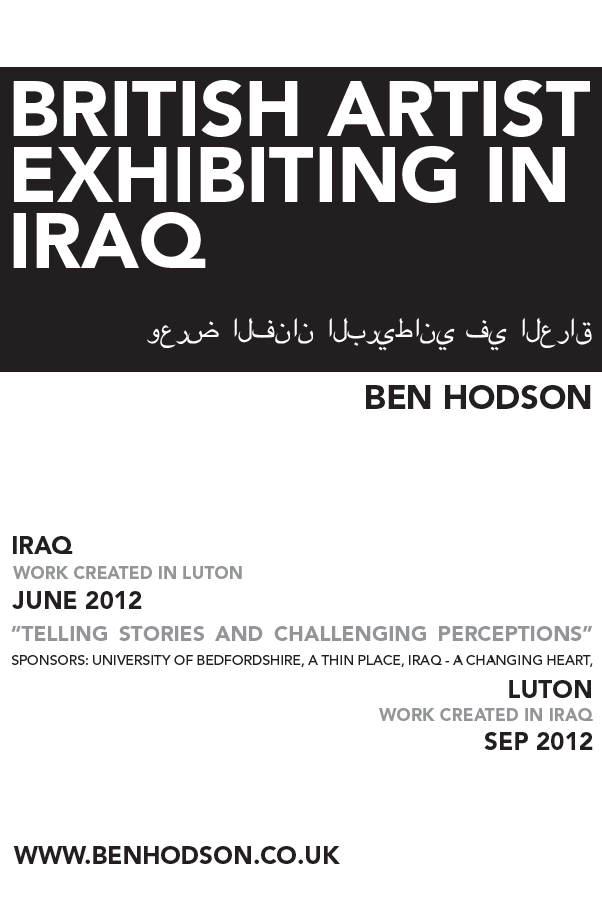
As part of my challenge by Hannah Birkett in a tutorial was to look at creating some promotional material. As the exhibition in Iraq has primarily been organised by people there, I had not considered creating something for people here. As the work being shown is varied and the content is less important then the act of actually exhibiting there, it is a challenge to design a poster with no examples of work in it. I do not consider myself a strond designer, so this is a brave attempt for me.
To get the project going and to get more involvement from partners I have created a tumblr blog. The platform is a space to share ideas and post developements on the project. The blog can be found here: http://thecreativequarter.tumblr.com/
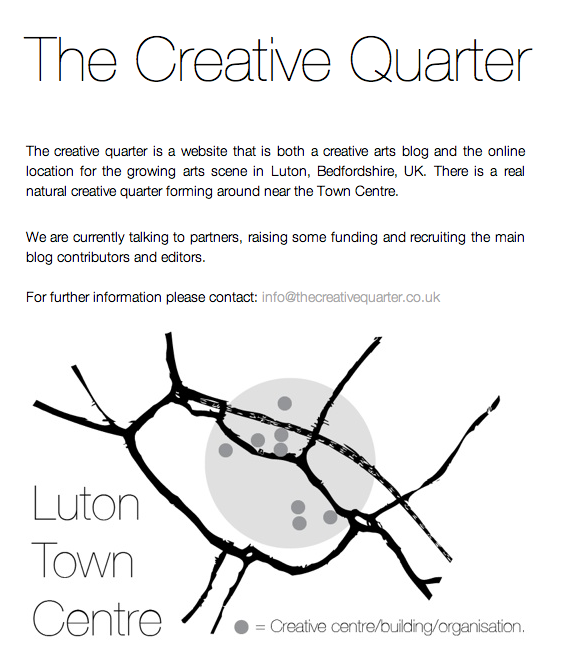
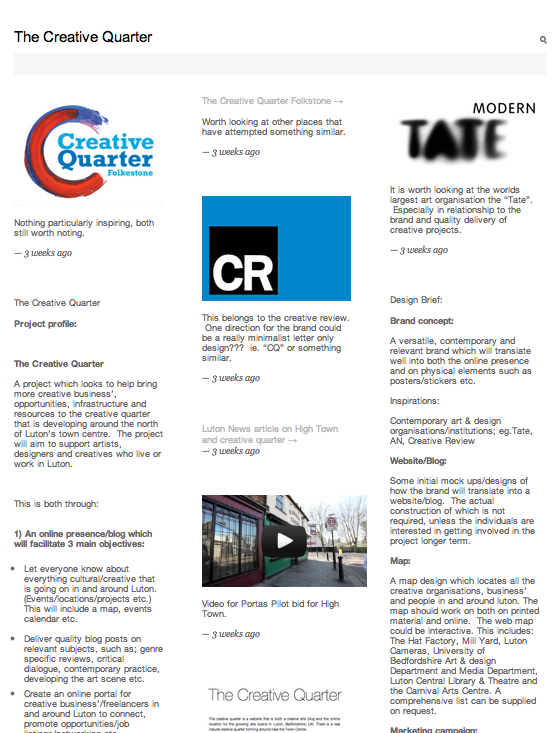
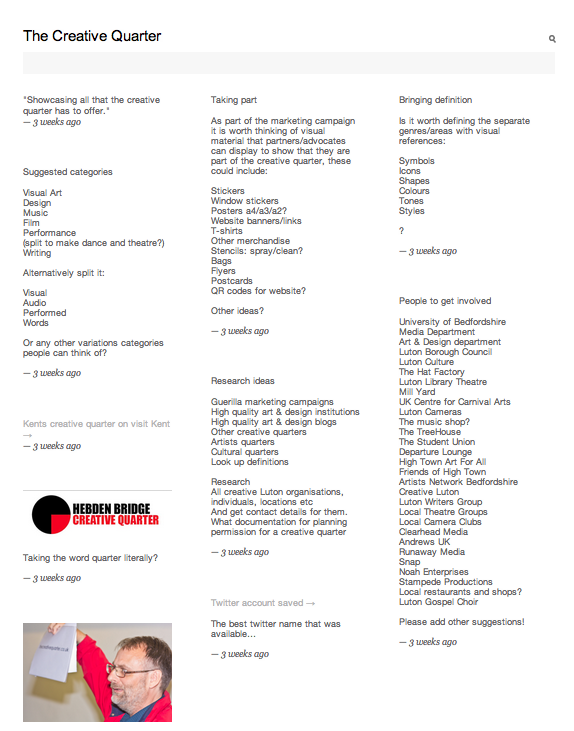
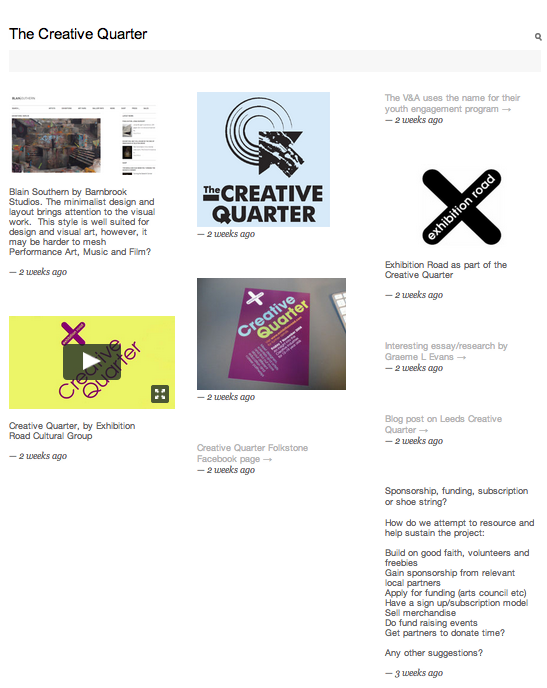
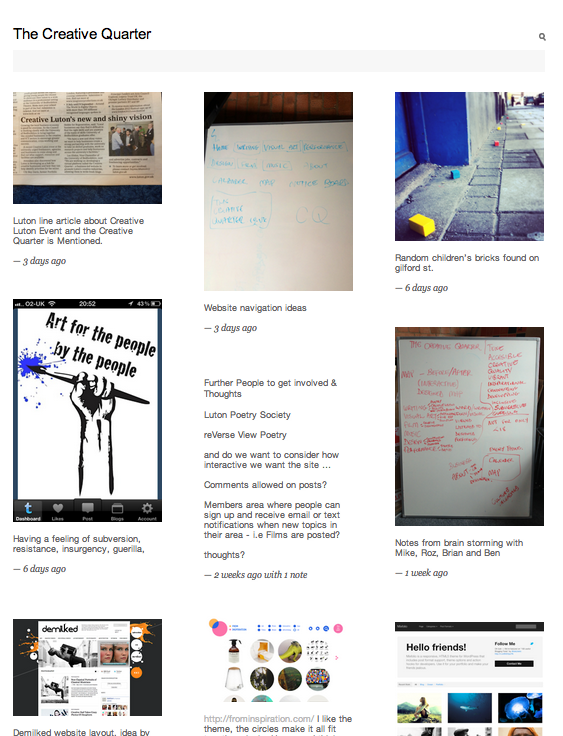

Modernism has forever transformed society, culture and the context within which all contemporary art is made. It was a fundamentally floored but equally neccessary transition to come through. The reaction to postmodernism has opened up the space in which an art can be practiced and freed the artist to question and challenge everything. I am an artist in the tradition of Jeremy Deller. His practice is based around the bringing together of concepts, projects and mediums. He regularly breaks conventions, works cross platform and cross media. My own practice is similarly varied. This breaking down of barriers and moving across mediums is certainly a result and fruit of postmodernism, although I do not support much of its theoretical elements. In searching for context for my own work I find myself identifying with elements of altermodenism, metamodernism and remodernism. Fundamentally I believe that art should interact, comment and even try and change the world, whilst still providing space for enjoying the shear beauty or challenging concept of a piece of art. Art and cultural history will show how we characterise this current phase we are currently in. Some even argue that since postmodernism, that even defining movements has become impossible. Whether that is true or not, I hope that the art made today in this broken world we live in is celebrated for its ability to bring about positive change.


I was asked to be one of the main speakers at the launch of Bedfordshire Entrepreneurs at the University of Bedfordshire. I talked about my art practice and how that has lead into setting up business' and social enterprises. The feedback was good and I at least was able to pu together a visually stimulating presentation.
As part of my on going reflection of my work I have put together a manifesto which sums up a lot of my practice and the values I try to live by. This is defintely a work in progress and by no means finished.
* Art can change the world
Art in its widest context can and does positively change the world. My work, time and research is caught up with this notion. Art is a great way of intervening in situations. Art sits at the forefront of change in a society and has an inherited responsibility to engage with social change.
* Creativity is always better in community
I consistently look to work in collaboration with other artists and creatives. It is always better to work with someone who genuinely wants benefit for others rather then just for themselves. I am actively working against the isolation that is sometimes apparent in being an artist.
* Visual peace making
As an image consumer and creator I am devoted to peacemaking and breaking down stereotypes by displaying the beauty of cultures from around the world. I actively look to build peace through the work I create.
* There is always hope
Art regularly engages with ideas and themes which are dark in nature, artists need to build opportunities for hope and constructive and creative solutions to the issues.
* Everything is art
Everything I do is an extension of my art practice; connecting people, projects, ideas, collaborations and image creations. Constructing a creative business or community project is as valid as using more traditional methods and mediums.
* Everyone is creative
I strongly believe that everyone is creative. The claim that some people aren't creative, normally means they can't draw or paint. Everyone has creativity built into them although it expresses itself in different ways. I endeavour to draw this out of other people and remove some of the inherent elitism found in traditional art contexts.
* There are stories to tell
The notions of narrative and story telling are important to my work, as they are important to human society. Everyone has a story to tell and art has a wonderful opportunity to tell these stories.